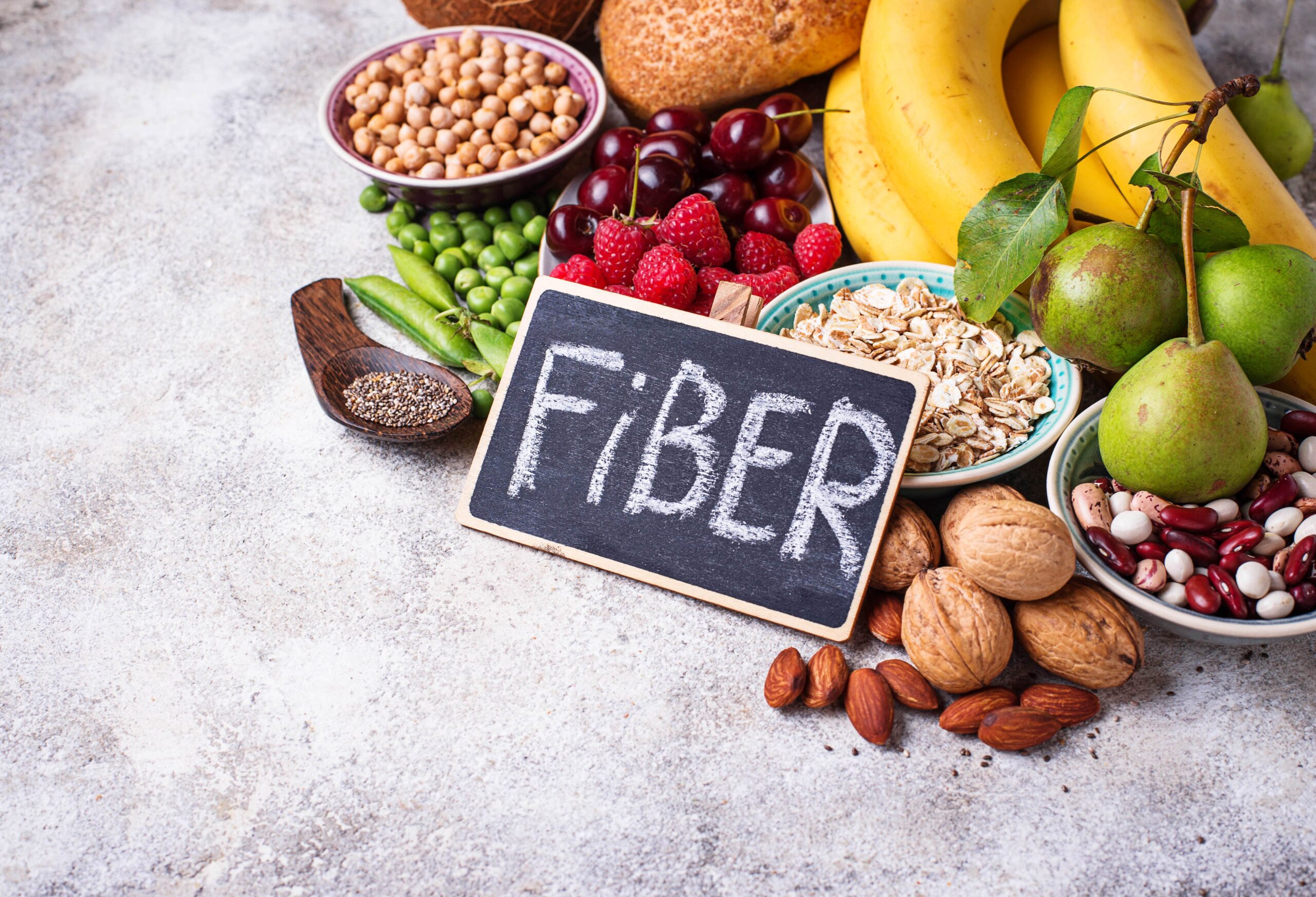High-fiber fruits are a nutrient-dense and tasty method to satisfy your daily fibre requirements. Dietary fibre is a complex carbohydrate that is primarily found in plant-based diets.
Insoluble and soluble fibres are the two kinds of fibre. Because each one has a particular purpose in the body, eating a range of high-fiber meals is essential. The majority of plant meals have a combination of both kinds.
Avocados, pears, and guavas, among other fruits, contain soluble fibre. Beans, legumes, as well as several grains and vegetables, are high in it. Water is drawn into your stomach by soluble fibre, which turns it into a gel. This helps you feel fuller for longer by slowing digestion.
Many fruits, including as berries and bananas, include insoluble fibre in their seeds and skins. It’s also found in whole grains, wheat bran, and vegetables. Insoluble fibre is good for your gut health and keeps you regular. To put it another way, it can help to prevent and relieve constipation.
Passion Fruit
Passion fruit is a South American fruit that isn’t widely available in supermarkets. Other tropical fruits, such as guavas and papayas, can sometimes be found with it.
/__opt__aboutcom__coeus__resources__content_migration__mnn__images__2018__09__passion_fruit-49bc07d878324c61bc5bc7dc0ca86281.jpg)
Passion fruit has a thick yellow or purple covering and delicious yellow fleshy seeds with a sweet yet tangy flavour. This tropical fruit is low in calories and fat, but abundant in vitamin C and fibre, with 24 grammes per cup.
Guava
Guavas are a rich source of folate, potassium, and vitamins A and C, in addition to being one of the fruits with the most fibre (9 grammes per cup). 4 Guavas may be sliced, peeled, and eaten much like apples, and the seeds within are also edible.

Guavas come in a wide range of hues. The fruit’s skin can be red, yellow, or purple, while the meat can be yellow, pink, or red.
Raspberries
With eight grammes of fibre in just one cup, raspberries have become the poster child for high-fiber fruits. Anthocyanins, which are antioxidants, are responsible for their vivid red hue. Other phytonutrients found in this tiny berry include flavanols, procyanidins, and ellagitannins, which may help prevent cancer, heart disease, hypertension, and osteoporosis.

Fresh raspberries don’t have to wait till summer to be enjoyed. They are frozen at their best, preserving all of their beneficial nutrients and making them available all year. Frozen fruit is available in almost every kind. This cuts down on spoilage and can save money over buying fresh. Fruit may be a good source of fibre, but it’s vital to eat it whole or mix it to get the most out of it. Because juicing removes the fibre from the fruit, you don’t get the same nutritional advantages.
Blackberries
When it comes to fibre, this fruit gives raspberries a run for their money. Blackberries are one of the highest fibre fruits, with eight grammes per cup, tied with raspberries. Vitamin C is also abundant in blackberries.

Blackberries, like other berries, should be stored in the refrigerator and washed shortly before eating. Put them in a smoothie or just eat them on their own.
Pear
Pears come in a wide variety of tastes, textures, and hues, similar to apples. Pears, regardless of type, are high in fibre, with a medium piece of fruit containing around six grammes.

They’re a versatile fruit that works well with a variety of tastes. Toss chopped portions on top of a salad, bake them into muffins, serve them over oatmeal, or add them to a cheese board.
Avocado
Avocados are a special fruit because they are high in mono and polyunsaturated fats, which are good for you. Are there any other nutritional advantages worth mentioning? Half an avocado has around five grammes of fibre, and the fruit is high in pantothenic acid, folate, vitamin K, and copper.

Avocados’ vivid green hue comes from two antioxidants called lutein and zeaxanthin, both of which are beneficial to eye health.
Kiwifruit
Kiwis are wonderfully sweet and sour at the same time, with a fuzzy brown exterior and (usually) bright green interior. They’re also high in fibre, with five grammes per cup of sliced fruit.

In addition to fibre, kiwifruits are high in potassium and vitamins C and E, three elements that are often lacking in American diets. Unripe kiwifruit may be stored in the refrigerator for up to six weeks.
Blueberries
Blueberries, like other members of the berry family, are generally high in fibre (due to their many seeds). Blueberries provide four grammes of fibre per cup, which is fewer than raspberries and blackberries.

Anthocyanins, an antioxidant that may help prevent cardiovascular disease and cancer while also improving brain function, are responsible for their stunning blue colour.
Oranges
Oranges are well-known for their immune-boosting vitamin C, but they also contain a lot of fibre. Three grammes of this satisfying nutrient are found in a medium fruit.

Oranges are also a fantastic snack to take with you when you’re on the go. They are protected from bumps and bruising by their thicker skin.
Grapefruit
Grapefruit, another citrus fruit, has around three grammes of fibre per one-cup serving and is high in vitamin C. 12 Grapefruits have a lower sugar content than oranges. The Texas Red grapefruit is one of the tastiest grapefruit available, with a rich red hue.

Grapefruit derive their name from the fact that they grow in clusters that resemble grapes, despite the fact that they are unrelated to grapes.


